Uncategorized
-
 Neuroscience
NeuroscienceMice watching film noir show the surprising complexity of vision cells
Only about 10 percent of mice’s vision cells behaved as researchers expected they would, a study finds.
-
 Science & Society
Science & SocietyTop 10 stories of 2019: A black hole picture, measles outbreaks, climate protests and more
Science News' top stories for 2019 include the first picture of a black hole, a quantum computing milestone and CRISPR's first U.S. clinical trials.
-
 Health & Medicine
Health & MedicineIn 2019, a ketamine-based antidepressant raised hopes and concerns
Ketamine and related molecules might ease severe depression, but the drugs come with baggage.
-
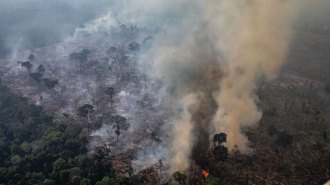 Animals
AnimalsA year of big numbers startled the world into talking about nature
One million species are at risk. Three billion birds have been lost. Plus surges in Amazon burning.
By Susan Milius -
 Health & Medicine
Health & MedicineVaping’s dangers loom large amid more than 50 U.S. deaths this year
Lung injuries and deaths linked to vaping in 2019 are a sobering indication of the dangers of e-cigarettes as teen use continues to rise.
-
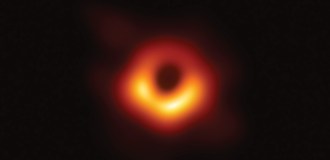 Space
Space2019 brought us the first image of a black hole. A movie may be next
The Event Horizon Telescope team is gearing up for more black hole discoveries.
-
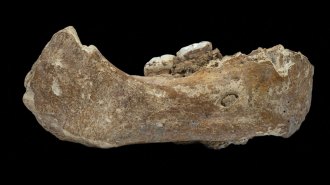 Humans
HumansMysterious Denisovans emerged from the shadows in 2019
Denisovan fossil and DNA finds this year highlighted the enigmatic hominid’s complexity and our own hybrid roots.
By Bruce Bower -
 Climate
ClimateRecord-breaking heat amplified waves of student climate protests in 2019
While the world experienced record-breaking heat, Greta Thunberg and other activists pushed decision makers to take climate change seriously.
-
 Health & Medicine
Health & MedicineMeasles got a foothold in the United States this year and almost didn’t let go
Areas of low vaccination are blamed for the United States' largest number of measles cases in more than 25 years.
-
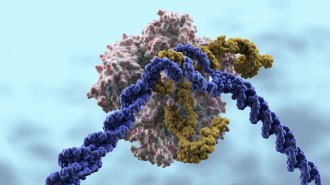 Genetics
GeneticsThe first U.S. trials in people put CRISPR to the test in 2019
Trials of the gene editor in people began in the United States this year, a first step toward fulfilling the technology’s medical promise.
-
 Quantum Physics
Quantum PhysicsGoogle claimed quantum supremacy in 2019 — and sparked controversy
Google’s quantum computer outperformed the most powerful supercomputer on a task, the company reported. But some scientists aren’t fully convinced.
-
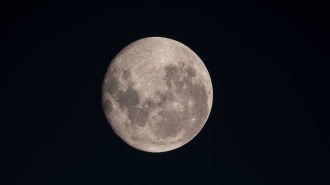 Space
SpaceChina stuck its moon landing this year. Others weren’t as lucky
Fifty years after Apollo 11 landed on the moon, Earth’s sidekick is getting renewed attention from space agencies around the world.